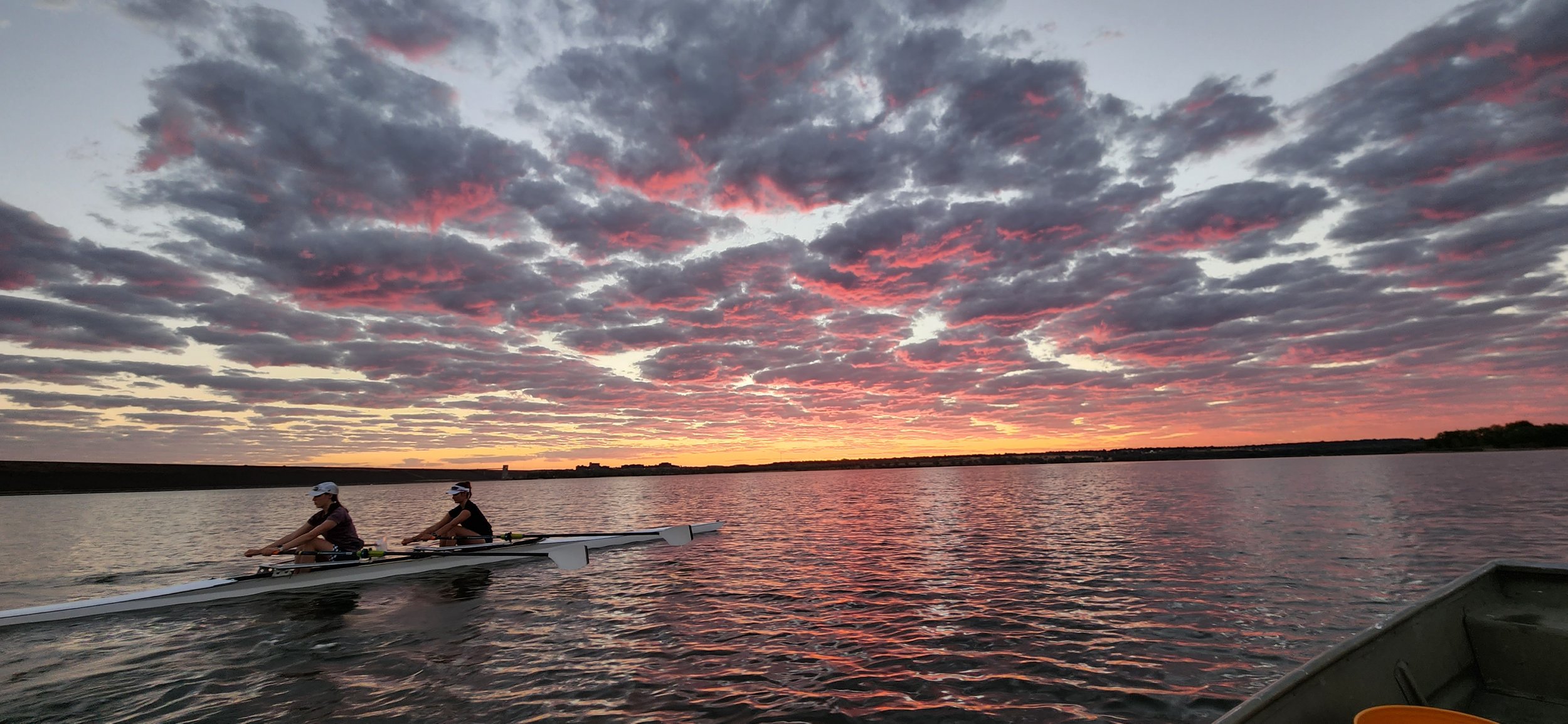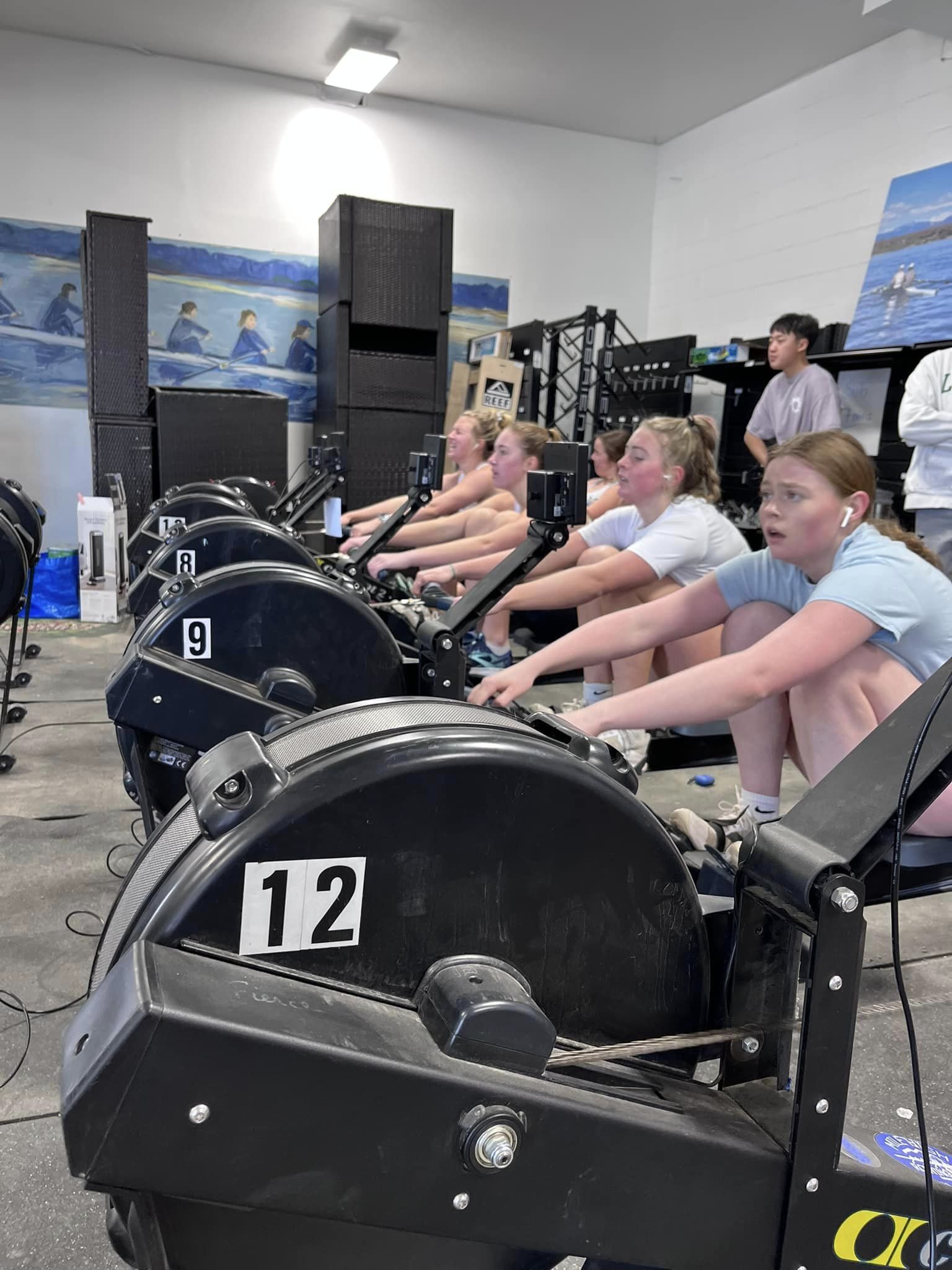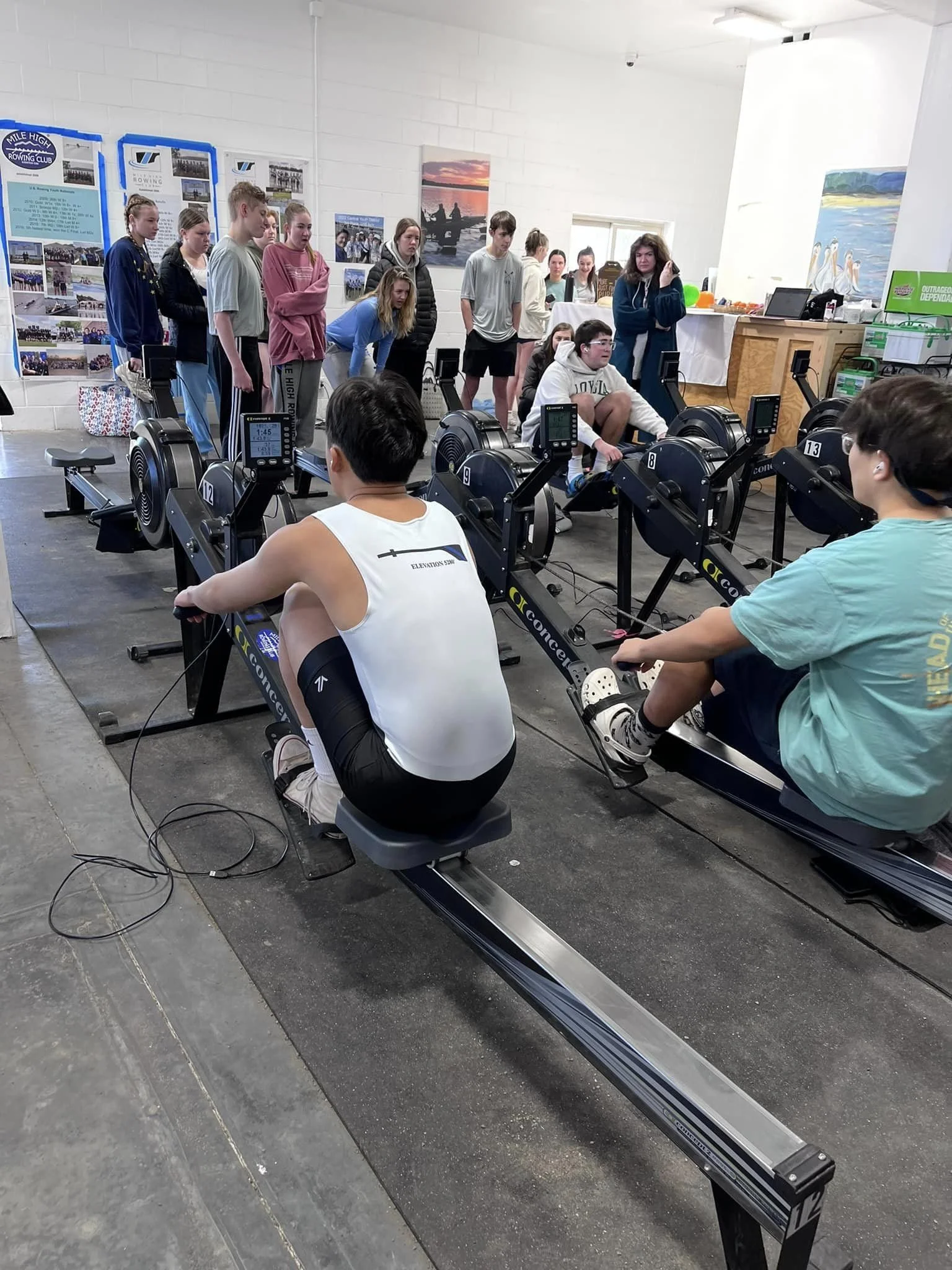
ROWING PROGRAMS
MHRC trains year-round on and off the water.
We offer programs throughout the year for athletes ages 13 - 18 of all skill levels
2024 Spring Competitive Season
February 26 - May 5, 2024*
Monday - Thursday Afternoons
Saturday & Sunday Mornings
EXPERIENCED ATHLETES ONLY
Schedule is variable for male and female teams
The Spring Season is focused on getting the team ready to race! All athletes will train with the goal of competing at the US Rowing Central Youth Championships to qualify for the US Rowing Youth National Championships.
*Season ending depends on qualifying for US Rowing Youth Nationals
2024 Summer Programs
Learn to Row
June - August
Multiple sessions offered throughout the summer.
NEW ATHLETES Welcome!
Technique Program
OPEN TO EXPERIENCED ATHLETES:
Current and former MHRC Athletes
Recent Learn to Row Participants
Collegiate athletes
2024 Fall Competitive Season
August - November 2024
Monday - Thursday Afternoons
Saturday & Sunday Mornings
EXPERIENCED ATHLETES ONLY
Schedule is variable for male and female teams
Join the team and train on the water and on land to get prepared for long-distance races. Our focus for the Fall Season is to build a strong, competitive team through emphasizing teamwork and group commitment.
Mile High competes in three races in the fall:
Head of the Oklahoma - Oklahoma City, OK
The 5280 Regatta - Denver, CO
Wichita Frostbite Regatta - Wichita, KS
2024 Winter Program
November 2024 - February 2025
OPEN TO ALL SKILL LEVELS
Train on land with erg and strength workouts to build fitness in preparation for the Spring Season.
MHRC competes in two indoor rowing races.






